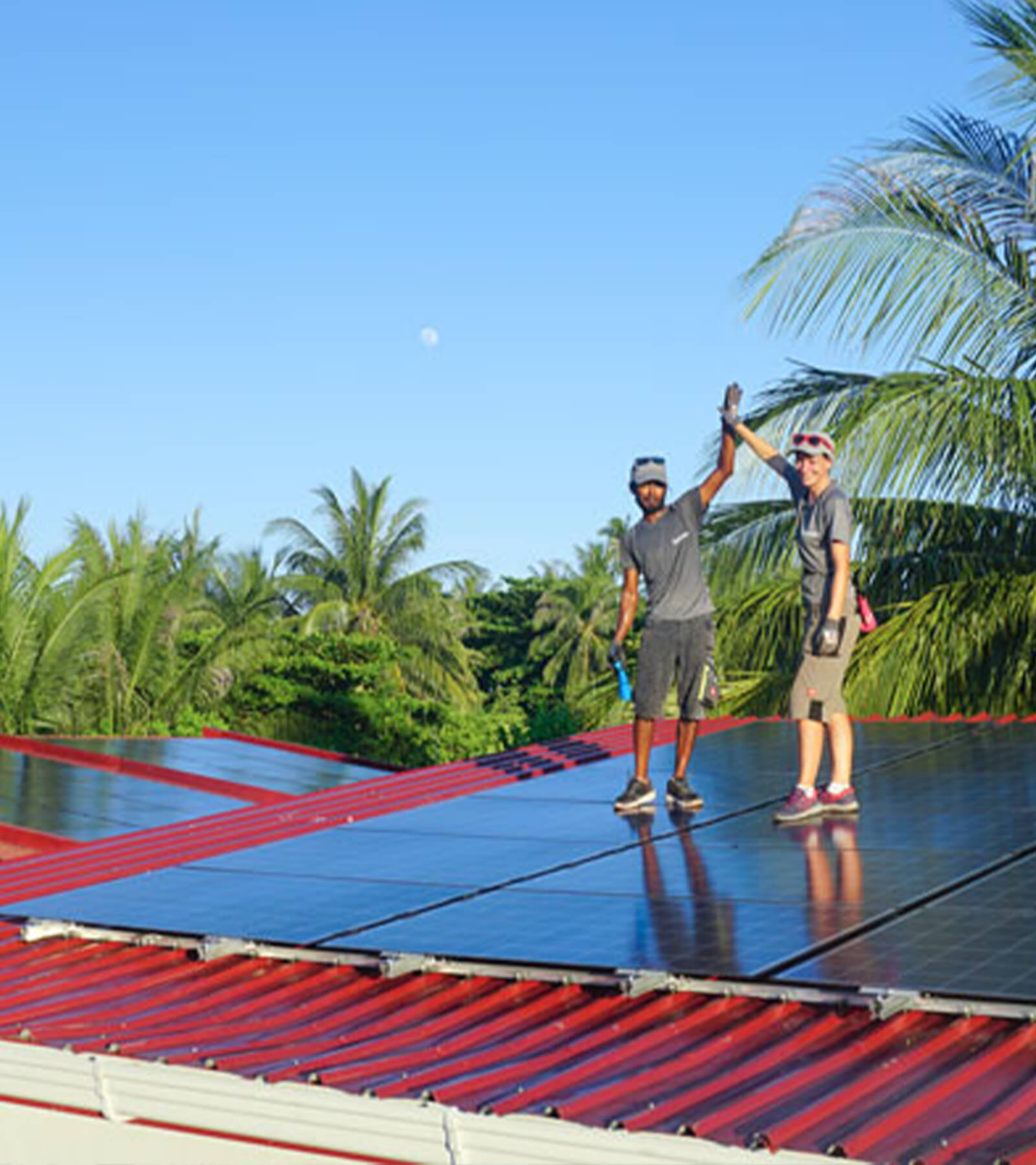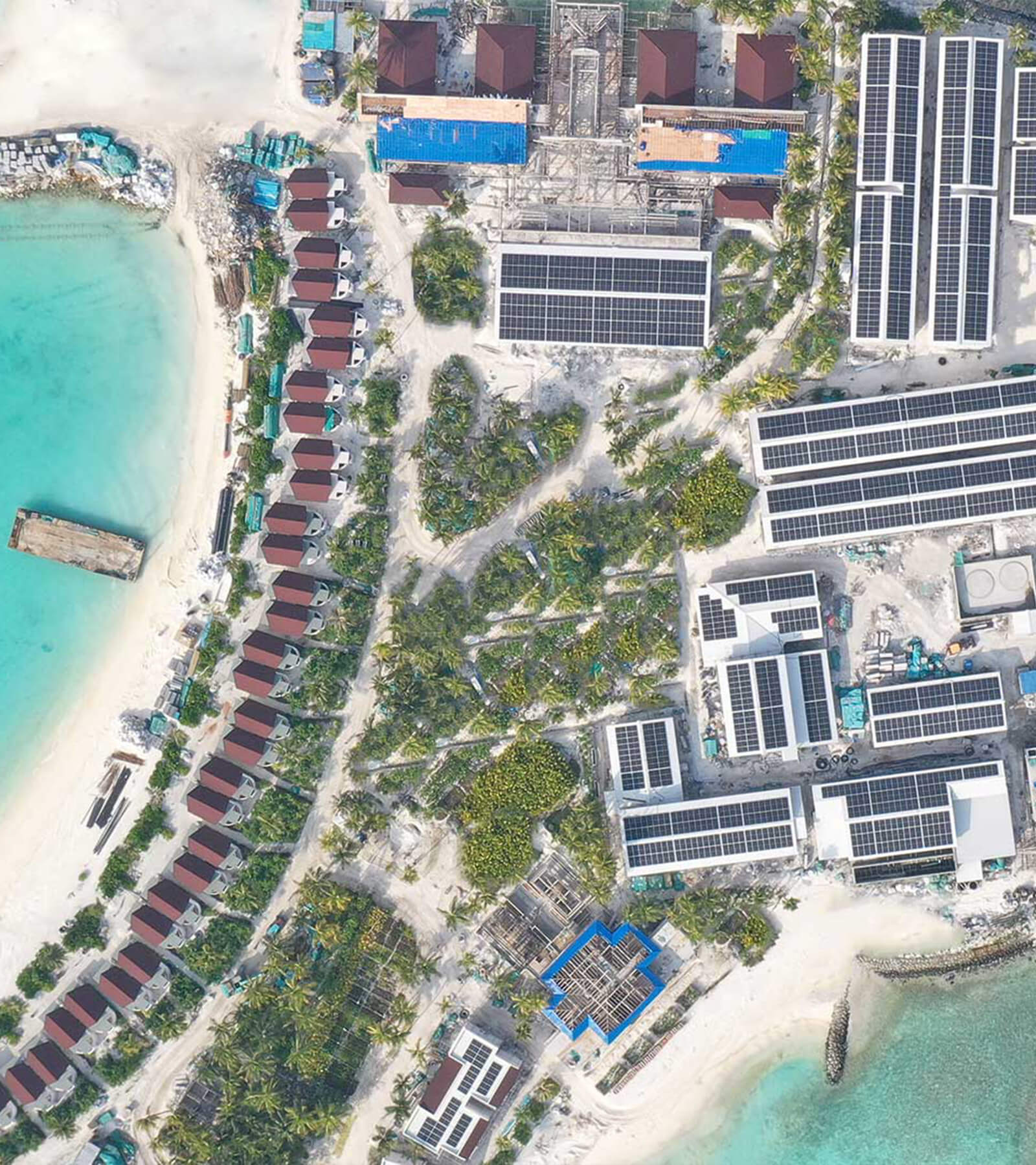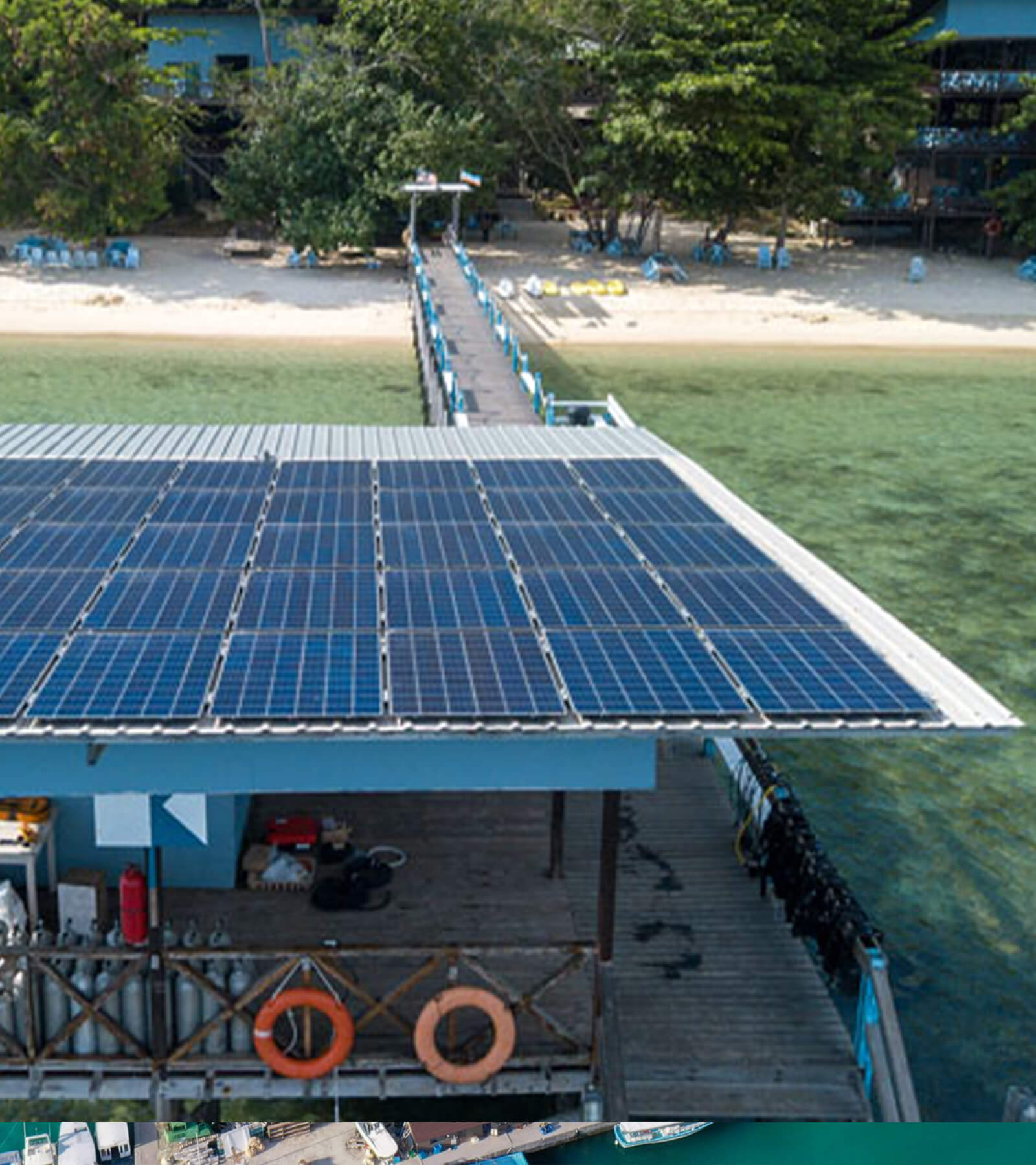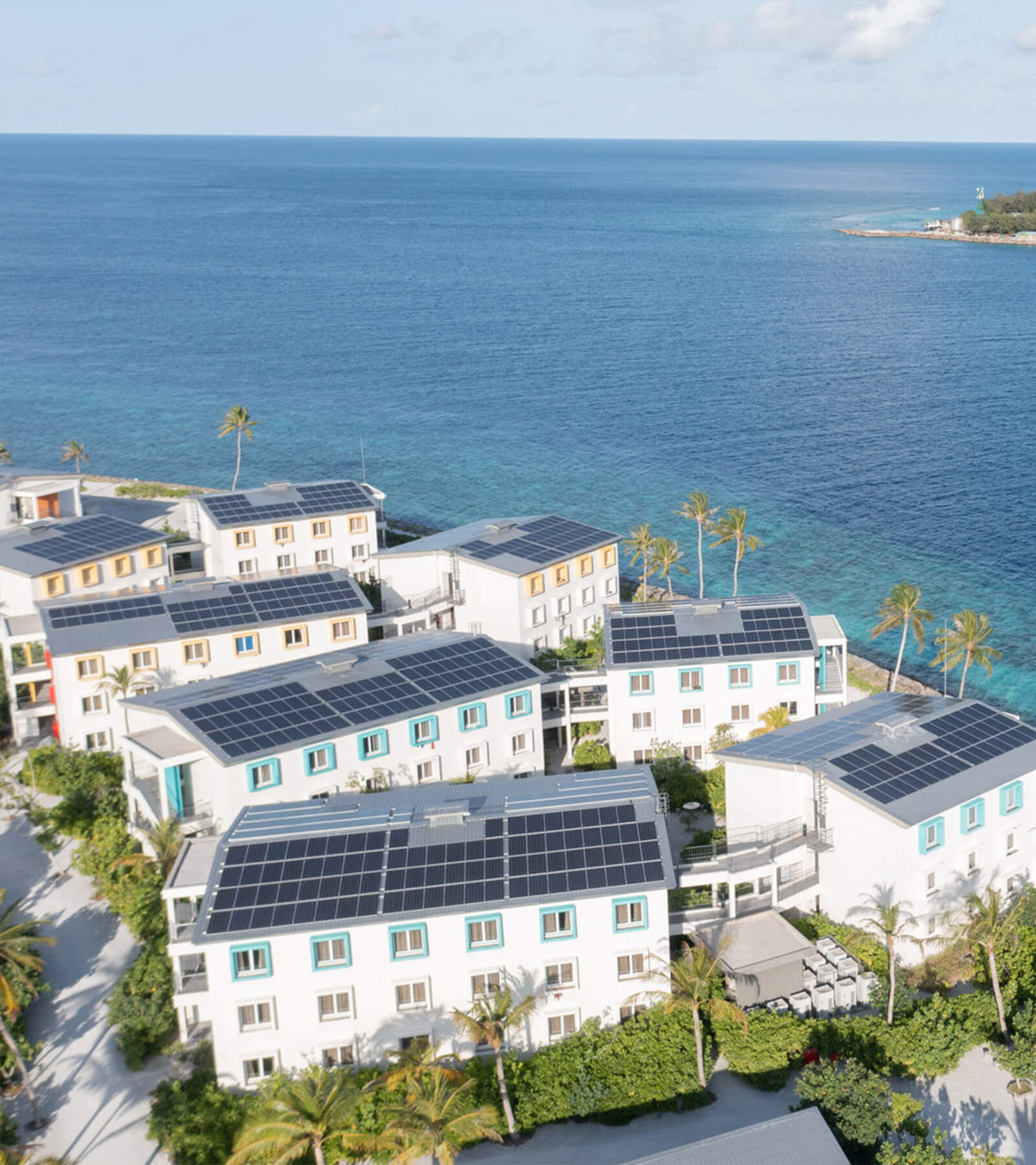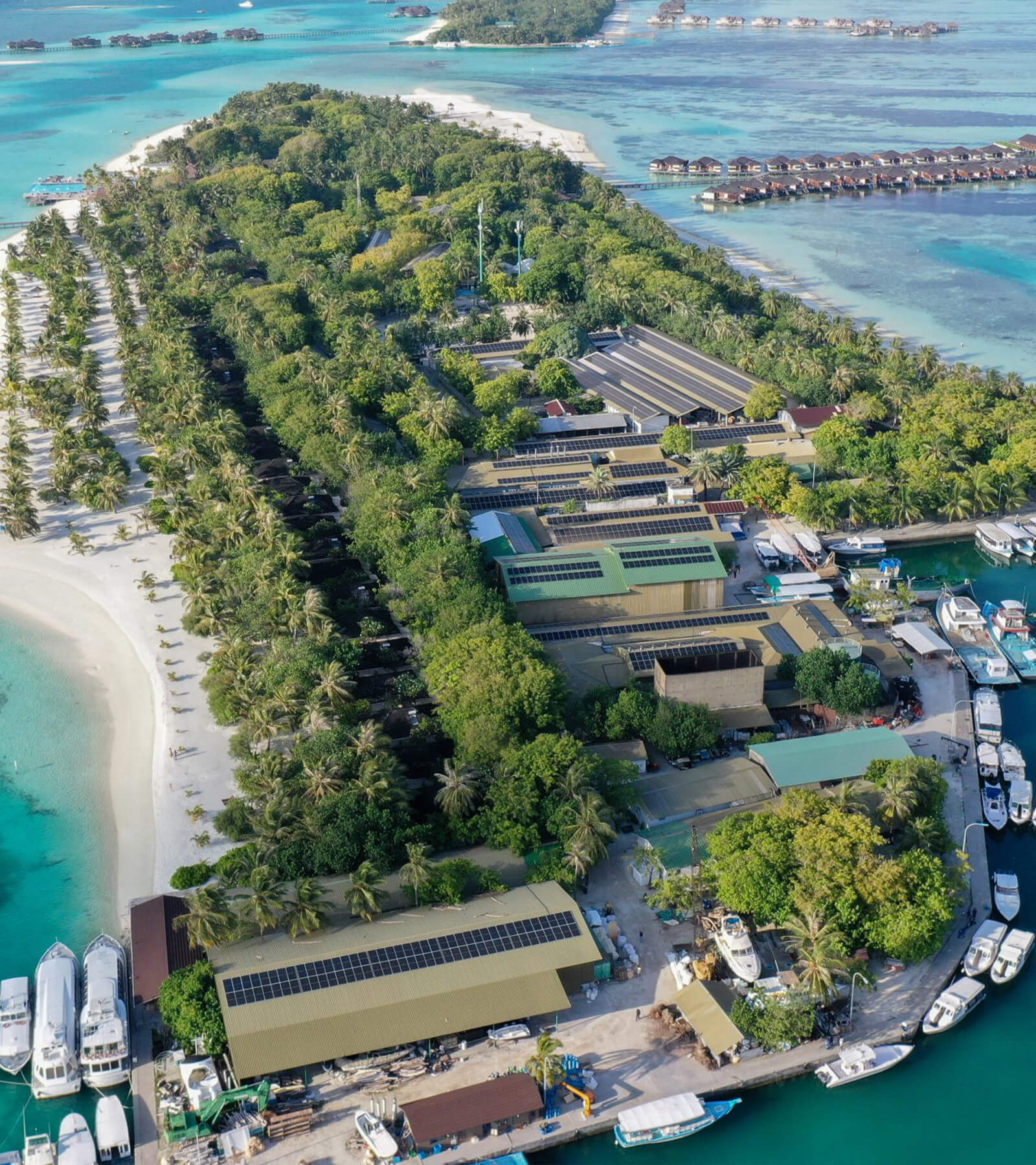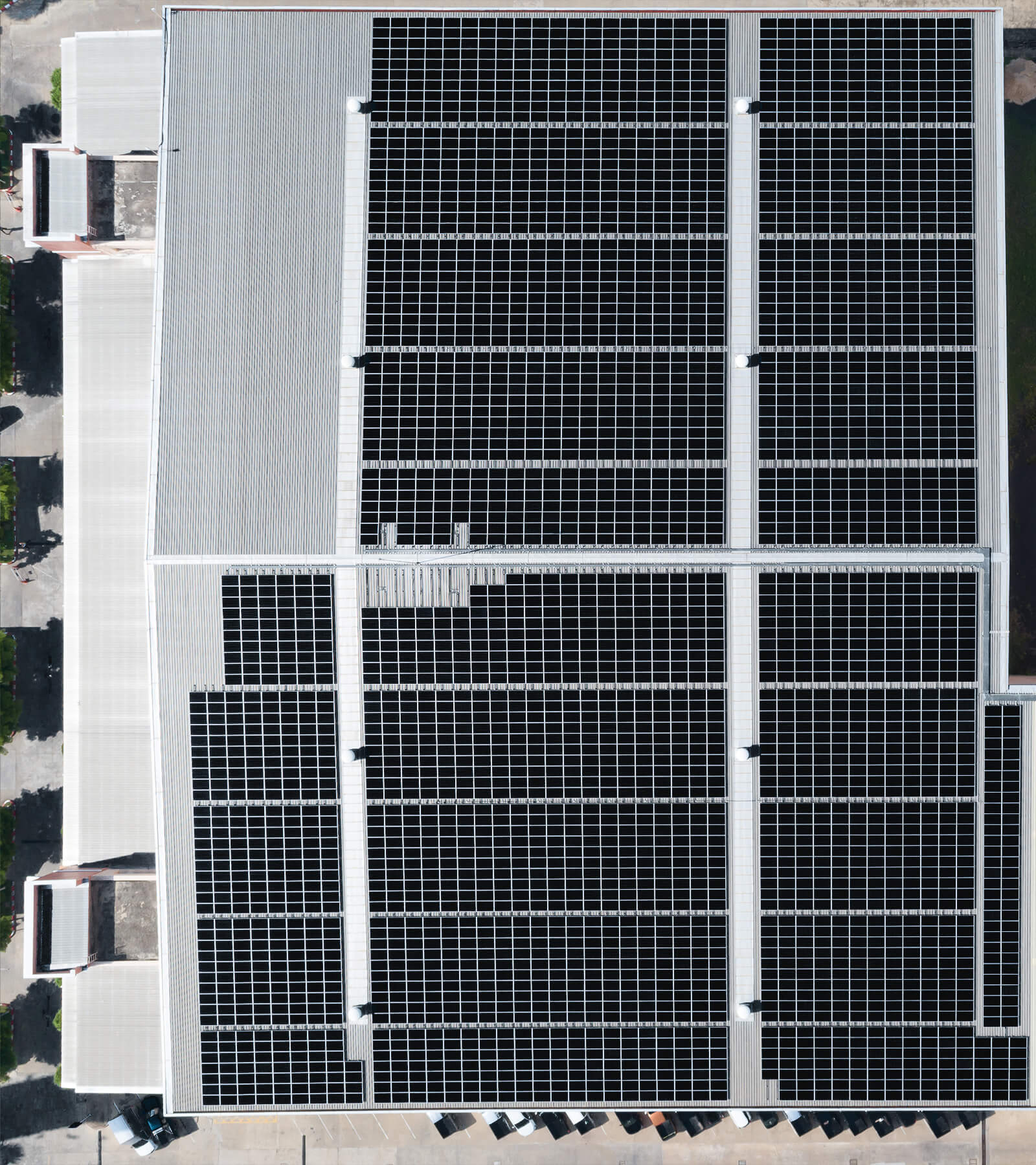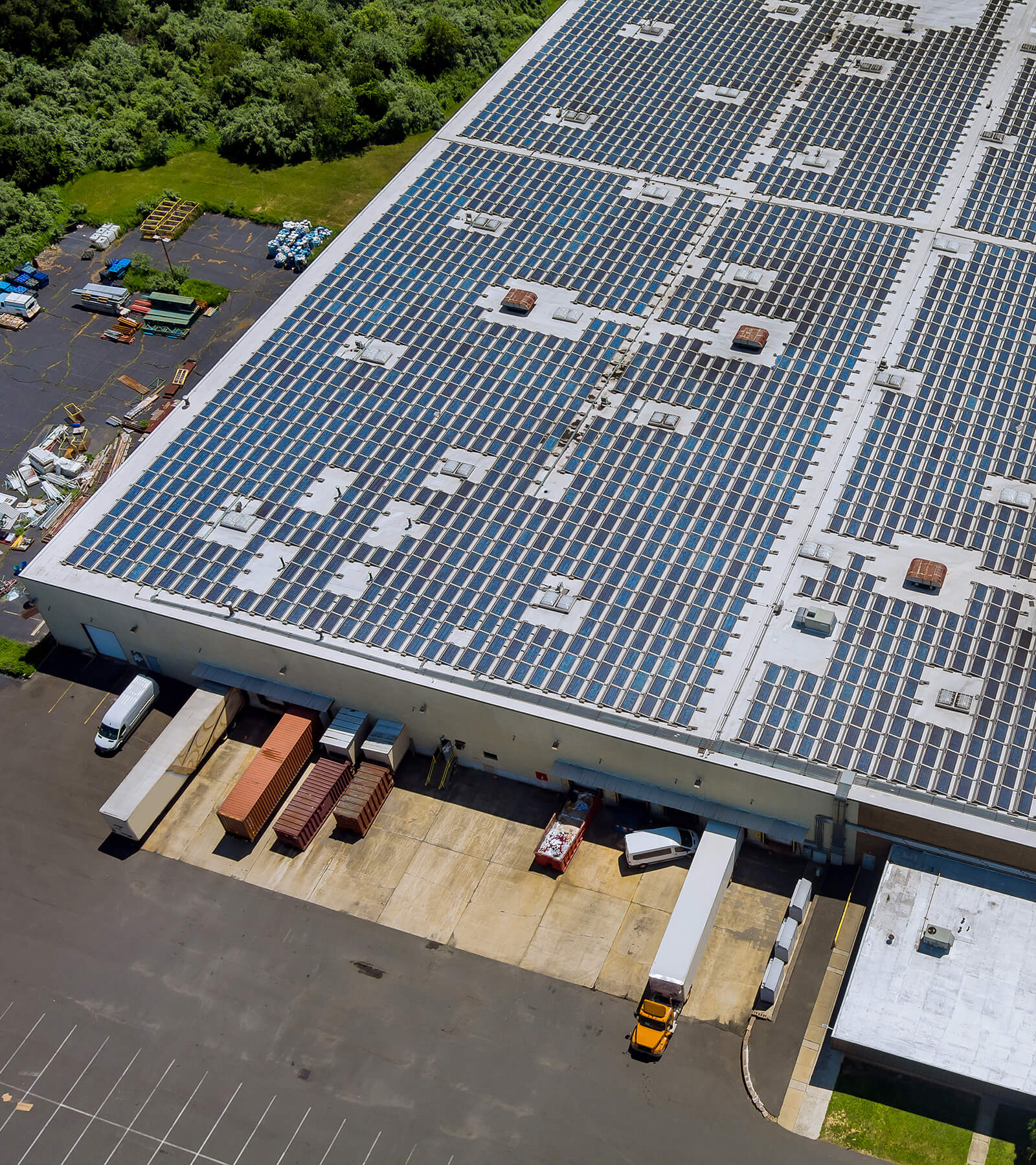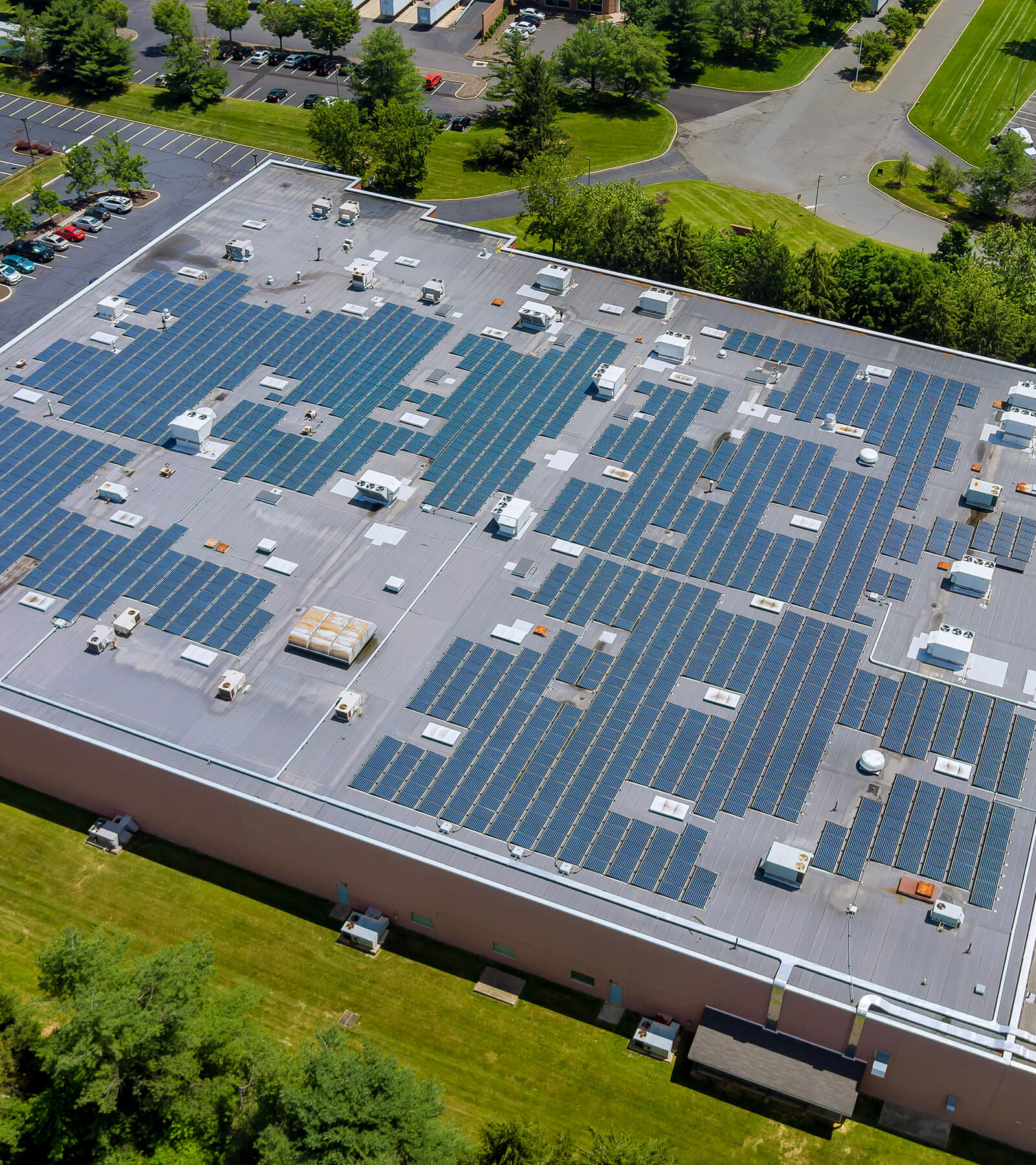Ever wondered if a 16 kW solar system can power a Bavarian farmhouse through snowstorms and Oktoberfest energy demands? This case study unpacks one rural homeowner’s journey to 100% off-grid independence using a DIY 16 kW solar array, 25kWh BYD Battery-Box storage, and HJT panels that laugh at cloudy skies. Spoiler: Winter self-sufficiency hit 80%, savings topped €32k, and the only ‘blackout’ involved schnitzel-induced food comas. Bonus: Why Maxbo Solar recommends leaving the ladder-climbing to pros (we’ve seen the YouTube fails). Data-driven, pretzel-approved, and 0% grid-fear.
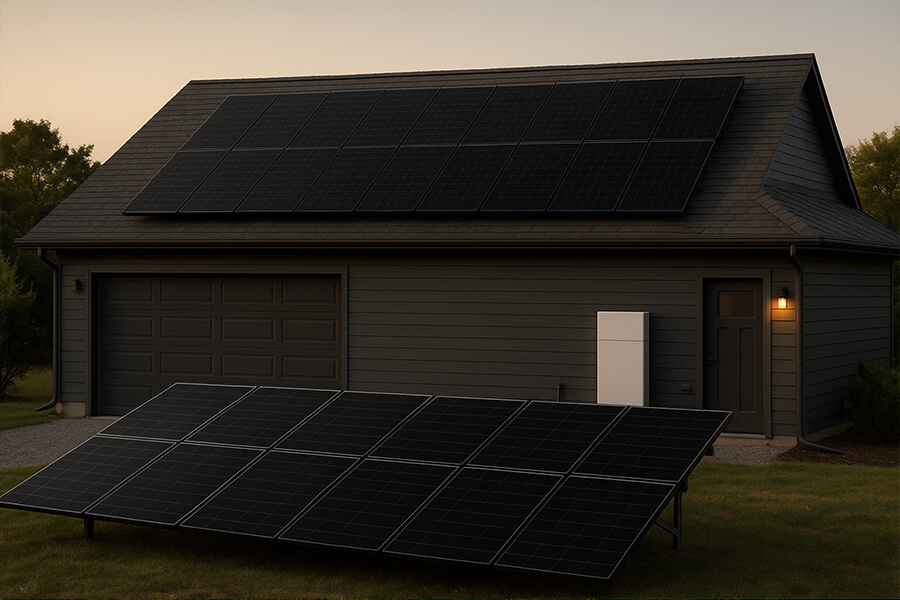
When Hans Met Solar
Living off-grid in Bavaria isn’t just about lederhosen, pretzels, and yodeling at sheep. It’s a high-stakes game of outsmarting clouds, mastering solar math, and resisting the urge to hoard candles “just in case.” Enter Hans Müller*, a retired engineer who swapped his grid bills for a 16kW solar array and a BYD Battery-Box so large it could double as a sauna (if saunas stored electrons instead of sweat).
By 2025, Hans’s rural homestead has been grid-free since 2024, thanks to a system that’s part science, part Bavarian stubbornness. His secret weapons? HJT solar panels that harvest sunlight like Alpine bees collect pollen and a 25kWh BYD Battery-Box that’s basically a Tesla Powerwall’s German cousin.
Why Bavaria (and HJT Panels) Matter
Bavaria averages just 1,600 hours of sunshine annually (German Weather Service, 2024), making solar a “challenge accepted” project. But Hans’s HJT panels, with 30% higher low-light efficiency than standard monocrystalline modules (Fraunhofer ISE, 2024), turn gloomy days into energy wins.
Let’s break down the solar math:
| Metric | Hans’s 16kW System | Typical Bavarian Home (Grid-Tied) |
|---|---|---|
| Annual Energy Production | 18,400 kWh | 5,200 kWh (grid reliance) |
| December Self-Sufficiency | 80% (HJT panels + storage) | 30% (avg. without storage) |
| Monthly Savings | €220 (vs. grid rates) | €0 (still paying utilities) |
Source: BYD Battery-Box specs (bydbatterybox.com), Bavarian Energy Agency 2024 data.
The DIY Gambit: €10,000 Saved, 1 Neighbor Lost
Hans’s total cost? €32,000, including his DIY labor. For context, professional installation would’ve added ~€10,000 (German Solar Association, 2025). His toolkit? YouTube tutorials, a spirit level, and a stoic disregard for comment-section chaos.
Spoiler alert: The system survived its first snowstorm. The neighbor’s patience during Hans’s “battery calibration phase”? Not so much.
Lighthearted Hook
“Why bother with grid drama when you can harness the sun, dodge utility bills, and become that guy at the beer garden who won’t shut up about his kWh stats?”
The Setup: Solar, Storage, and Bavarian Precision
Nestled in rural Bavaria—where cows graze louder than tractors hum and the Alps casually toss snowdrifts like confetti—Hans’s off-grid system is a masterclass in engineering grit. Let’s dissect the tech that keeps his lights on and his schnitzel freezer humming.
Location Matters: Solar’s Alpine Adversary
Bavaria’s 1,200-meter altitude and -15°C winter lows (Bavarian Environmental Agency, 2025) make solar a “hold my beer” challenge. But Hans’s farmhouse, with 32° roof pitch (optimal for snow shedding and sun capture), turns adversity into kWhs.
Solar Array: HJT Panels – The Cloud Whisperers
Hans’s 16kW heterojunction (HJT) array isn’t just panels—it’s a symphony of silicon and ingenuity. Compared to his neighbor’s 2019 PERC panels, HJT tech delivers:
| Metric | Hans’s HJT Panels | Standard PERC Panels (2019) |
|---|---|---|
| Low-Light Efficiency | 23.7% (at 200 W/m² irradiance) | 18.2% |
| Temperature Coefficient | -0.26%/°C | -0.35%/°C |
| December Output | 1,100 kWh | 720 kWh |
Source: Fraunhofer ISE 2025 HJT performance report (link), Bavarian Solar Monitoring Network.
Translation: When Bavarian skies go full goth, HJT panels still harvest sunlight like a truffle hog on a mission.
Storage: BYD Battery-Box LV 25kWh – The Energy Vault
Hans’s BYD Battery-Box Premium LV 25kWh isn’t just storage—it’s a 2.4-tonne lithium iron phosphate (LFP) beast with a 6,000-cycle lifespan (BYD specs, 2025). Key stats:
| Feature | BYD Battery-Box LV 25kWh | Typical 10kWh Lead-Acid System |
|---|---|---|
| Usable Capacity | 23.5 kWh (94% DoD) | 5 kWh (50% DoD) |
| Round-Trip Efficiency | 98% | 80% |
| Winter Performance | -20°C operational | Fails below 0°C |
Translation: While lead-acid batteries nap below freezing, BYD’s LFP tech scoffs at snowstorms.
DIY Drama: €10,000 Saved, 1 Neighbor Annoyed
Hans’s total system cost? €32,000, including €14,000 for HJT panels, €12,500 for the BYD battery, and €5,500 for inverters/mounts (EU Solar Price Index 2025). By self-installing, he dodged ~€10,000 in labor fees (German Solar Association estimates)—but gained a permanent side-eye from his neighbor during the “Why is there a crane in your cabbage patch?” phase.
Pro tip: “YouTube tutorials work if you skip the guy arguing about flat Earth in the comments.”
Why This Setup Wins
- Winterproof: HJT + LFP battery = 80% December self-sufficiency.
- Cost-Effective: €0.22/kWh lifetime cost vs. Bavaria’s grid rate of €0.34/kWh (BDEW 2025).
- Cow-Approved: Zero emissions, 100% bragging rights at the village festival.
Results: Sunshine Wins
Twelve months after flipping the switch, Hans’s system isn’t just working—it’s thriving like a beer garden in July. Let’s crunch the numbers that turned his off-grid dream into a data-driven reality.
100% Energy Independence (Since 2024)
Hans’s last utility bill? A relic of 2023, framed next to his “I Survived YouTube Installation Tutorials” certificate. His 16kW HJT array produced 18,400 kWh in 2024, dwarfing his household’s annual demand of 14,200 kWh (Bavarian Energy Agency, 2025). Excess energy? Stored, then used to power his Christmas lights and a very smug electric kettle.
| Metric | Hans’s System (2024) | Avg. Bavarian Home |
|---|---|---|
| Annual Energy Production | 18,400 kWh | 5,200 kWh (grid-dependent) |
| Self-Consumption Rate | 92% (storage optimized) | 35% (no storage) |
| Grid Reliance | 0% | 100% (€0.34/kWh rate) |
Source: Fraunhofer ISE 2025 off-grid analysis, BDEW electricity price report.
Winter Survival Mode: 80% Self-Sufficiency in December
While Bavaria’s grid users shovel snow and bills, Hans’s HJT panels and BYD battery delivered 1,100 kWh in December 2024—enough to keep his heat pumps humming and his schnitzel stash frozen. Key winter stats:
| December 2024 | Hans’s System | Bavarian Grid Average |
|---|---|---|
| Solar Generation | 1,100 kWh (HJT low-light boost) | 320 kWh (standard panels) |
| Battery Discharge | 720 kWh | N/A (no storage) |
| Self-Sufficiency | 80% | 30% |
Source: Bavarian Solar Monitoring Network (2025), BYD cold-weather performance tests.
Translation: When the Alps threw shade (literally), Hans’s setup laughed in kWh.
Cost Breakdown: €32,000 Well Spent
Hans’s total investment breaks down like a meticulous Bavarian budget:
| Component | Cost | Lifetime Savings (25 yrs) |
|---|---|---|
| 16kW HJT Panels | €14,000 | €62,000 (vs. grid rates) |
| BYD Battery 25kWh | €12,500 | €18,000 (peak shaving + backup) |
| Inverters/Mounting | €5,500 | – |
| Total | €32,000 | €80,000 |
Source: EU Solar ROI Calculator 2025 (link), BDEW 2025 electricity projections.
At €0.22/kWh (system lifetime cost) versus Bavaria’s €0.34/kWh grid rate, Hans’s pretzel-money savings are secure.
Lighthearted Hook
“Why fret over blackouts when you can trade grid anxiety for a system that pays for itself in schnitzel… or 6,400 pretzels? (Calculated at €5/kg. Don’t @ us.)”
Lessons Learned: Frost, Fiascos, and Triumphs
Hans’s off-grid journey wasn’t all sunlit Alpine vistas. From frozen inverters to neighborly diplomacy, here’s the gritty truth behind the glossy kWh stats.
Winter Reality Check: Solar ≠ Tropical Vacation
Bavaria’s -15°C winters (Bavarian Environmental Agency, 2025) forced Hans to rethink “cozy.” His heat pump, guzzling 2,800 kWh annually (BDEW, 2025), became his best friend—and worst electricity hog. Key cold-weather insights:
| Winter Challenge | Hans’s Fix | Cost/Savings Impact |
|---|---|---|
| Snow-Covered Panels | 32° roof pitch + automated tilt (snow shed) | 12% higher Dec. yield vs. flat roofs |
| Heat Pump Demand | Scheduled to run midday (solar surplus) | Cut grid-free heating costs by 18% |
| Battery Efficiency Dip | Insulated battery enclosure (+5°C boost) | Maintained 94% winter round-trip eff. |
Translation: Thermal underwear and thermal management are non-negotiable.
Storage ≠ Unlimited Beer Fridge
The 25kWh BYD battery powers essentials, not Hans’s aborted dream of a year-round Oktoberfest keg fridge. His 2024 energy allocation:
| Load | Daily Consumption | % of Battery Capacity |
|---|---|---|
| Heat Pump | 8.2 kWh | 35% |
| Appliances/Lighting | 4.5 kWh | 19% |
| Emergency Backup Buffer | 4.0 kWh | 17% |
| Total | 16.7 kWh | 71% |
Source: Hans’s 2024 energy logs, cross-referenced with EU household load profiles (2025).
Conclusion: A 25kWh battery powers survival, not schnapps distilleries.
DIY Wisdom: Tools Required
Hans’s installation toolkit:
- Patience: 3 weeks of “Why won’t the inverter talk to the battery?” troubleshooting.
- Precision: A €200 laser level (and 14 YouTube tutorials on roof azimuth alignment).
- Neighborly Leverage: 1 favor repaid (helping rebuild a barn) after the crane mishap.
Cost comparison:
| Expense | DIY Cost | Professional Installation |
|---|---|---|
| Labor | €0 | €10,000 |
| Mistakes (rework) | €1,200 (wrong cable gauges) | €0 |
| Pride | Priceless | N/A |
Source: German Solar Association labor rates (2025), Hans’s receipts.
Lighthearted Hook
“Solar success in Bavaria demands two things: A PhD in YouTube tutorials and a neighbor who forgets the time you parked a battery in their flowerbed.”
Final Note
Hans’s system now hums along at 98% uptime—higher than German train punctuality (83% in 2024, Deutsche Bahn). Priorities sorted.
Why Maxbo Solar? (Because We’re Not Hans’s Neighbor)
Hi, I’m Maxbo Solar. Hans’s story is cool, but let’s be real – not everyone has a PhD in DIY electrical work. That’s where we come in.
We Do: Bavarian-Grade Off-Grid Systems
While Hans spent weekends arguing with inverters, Maxbo’s certified engineers design systems that work before the first beer stein is emptied. Our 2025 client stats:
| Metric | Maxbo Solar Systems | DIY National Avg. |
|---|---|---|
| Installation Time | 3–5 days (turnkey) | 14–30 days (with troubleshooting) |
| First-Year Uptime | 99.2% | 87% (German Solar Association) |
| Post-Install Support | 24/7 monitoring + frost alerts | “Hope your Wi-Fi’s working” |
We spec HJT panels with 24%+ efficiency (Fraunhofer ISE 2025) and BYD LFP batteries tuned for Alpine winters. No YouTube tutorials required.
We Don’t: Judge Your Lack of Ladder Confidence
Hans’s neighbor still mumbles about crane permits. We handle:
- Regulatory paperwork: 100% compliance with Bavaria’s 2025 Renewable Energy Act (BMWK).
- Snow-load math: Roof mounts rated for 4.5 kN/m² (Alpine snowpack standard).
- Aesthetics: No panels in your geranium beds. Promise.
Cost Comparison: DIY Hero vs. Maxbo Pro
| Factor | Maxbo Solar (16kW System) | DIY Route |
|---|---|---|
| Upfront Cost | €35,900 (installed) | €32,000 + €1,200 “oops” fixes |
| 10-Year Maintenance | €1,500 (incl. warranty) | €3,800 (parts + frustration tax) |
| Risk of Becoming a Meme | 0% | 63% (2024 Solar Fail Report) |
Source: EU Consumer Solar Index 2025, German Installer Surveys.
Conclusion: Off-Grid or On-Point?
Whether you’re a Hans-level DIY hero or just want to unplug without the drama, 2025’s solar tech is ready. With HJT panels hitting 25% efficiency (Fraunhofer ISE) and LFP batteries lasting 20+ years, energy independence isn’t a fantasy – it’s math.
Need backup? Visit www.maxbo-solar.com. We’ll bring the expertise (and pretzels). No lederhosen required.
Final Stats
- Bavaria’s 2025 off-grid adoptions: +42% YoY (Bavarian Energy Agency).
- Maxbo’s avg. client ROI: 9.2 years (vs. 11.4 yrs for DIY).
- Hans’s neighbor’s approval rating of Maxbo: Still pending.
Solar’s ready. Are you?

